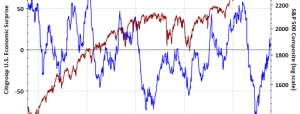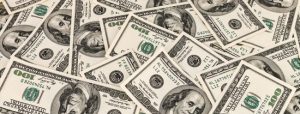Judging from investors’ reactions, the only thing worse that than the low volatility environment is when volatility spikes higher, as it did yesterday. Higher volatility is associated with weakening equity markets, falling interest rates, pressure on emerging markets, a strengthening yen and, sometimes, as was the case yesterday, heavier gold prices.

A fragile stability has enveloped the markets after US equities markets stabilized yesterday and the dollar recovered from earlier losses. Those dollar gains have been pared and sterling recovered from what many are calling a mini-flash crash, during which sterling fell nearly 3/4 of a cent in a matter of minutes with no apparent trigger. A combination of algorithmic trading, market fragmentation, and less liquid conditions often in the US afternoon are seen as the main culprit.
The recovery on Wall Street helped Asian and European markets steady today. The MSCI Asia Pacific Index eked out a small 0.15% gain, cutting this week’s loss in half. WE note that the South Korea’s KOSPI managed to post a small gain today and on the week, despite tensions on the peninsula not relaxing much, thought the Korean won weakened (0.2% on the day to be the weakest of the Asian currency complex). The won is essentially flat in the week. The US has reportedly sent another aircraft carrier into the region. Separately, China intercepted a US aircraft over the East China Sea.
European shares are doing better. The Dow Jones Stoxx 600 is nearly 0.5% in late morning turnover, leaving it off 1.2% for the week and snapping a three-week advance. Materials and energy are the leading the market higher. Real estate and consumer discretionary are lagging, but all sectors are higher.
Emerging markets are doing better today as well. The MSCI Emerging equity market index ended a seven-day advance Wednesday and fell 2% yesterday. Ahead of the Latam open, it is up about 0.4% today. It four-week rally is at risk. Mexico surprised many yesterday with its sixth consecutive rate overnight rate hike (6.75% from 6.50%). The peso had largely recovered from its mostly Brazil-induced slide before the central bank met and it has continued to edge higher today.







